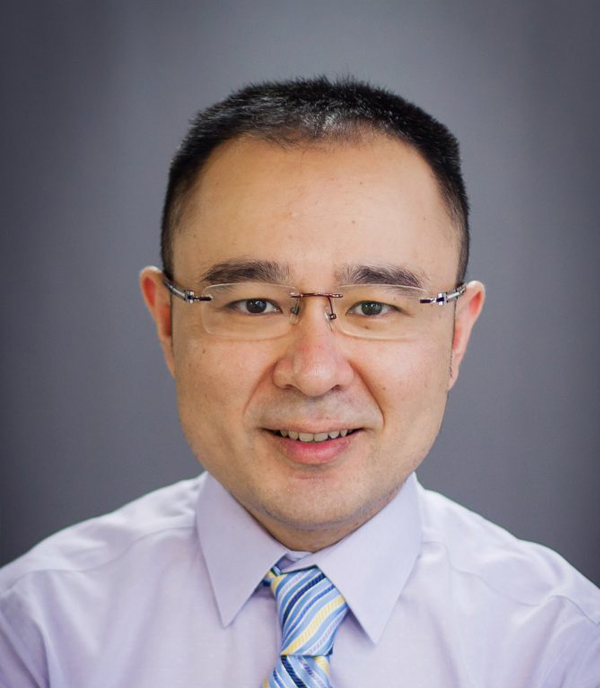Peng to develop mathematical models to investigate cilia in mammal cells
Text block one Heading link

Almost every cell inside humans and other mammals has an organic radio tower that extends outside itself and transmits important information back down to the rest of the cell. But like our man-made radio towers, they can sometimes break down and malfunction, causing a variety of health problems.
To remedy these health problems, researchers need to better understand these antennae, known as primary cilia. Richard and Loan Hill Department of Bioengineering Assistant Professor Zhangli Peng and his colleagues received a three-year grant from the NSF titled “Collaborative Research: Mathematical, Numerical, and Experimental Investigation of Flow Sensing by the Primary Cilium” to jumpstart this process.
“Primary cilia are immotile, antenna-like microtubule-based organelles that extend out from the surface of almost every mammalian cell,” Peng said. “Each cell has just one.”
Peng, who is a member of the Center for Bioinformatics and Quantitative Biology, said that mechanical stimuli inside the body, such as blood flow, touches the primary cilium, which then sends a signal downstream to the rest of the cell.
Issues with this process have been connected to common diseases such as atherosclerosis, osteoporosis, and cancer. However, Peng said the way the signaling pathways work when the primary cilia bend to cellular responses is still a complex and unsolved problem.
The team plans to use the grant to integrate mathematical modeling, numerical simulations, and experiments to improve their understanding of the primary cilia and help lay the foundation for designing therapeutic strategies to treat various human diseases.
The research is being conducted with Yuan-Nan Young at the New Jersey Institute of Technology and Andrew Resnick at the Cleveland State University.